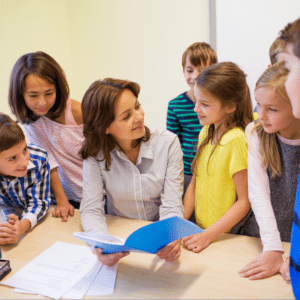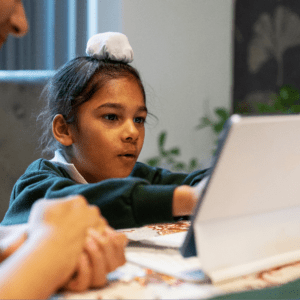Summary:
- What does this standard mean?
- What does meeting this standard look like?
- What evidence can I collect to show that I’m meeting this standard?
The fifth of the Australian Professional Standards for Teachers is to assess, provide feedback and report on student learning. This standard is all about how well you judge how much your students have learned, how you give them feedback to continue their learning, and how you record and report on learning to see broader trends.
See more: Australian Professional Standards for Teachers Terminology Explained

What does this standard mean?
There are five descriptors under this standard:
- Assess student learning.
- Provide feedback to students on their learning.
- Make consistent and comparable judgements.
- Interpret student data.
- Report on student achievement.
These descriptors cover assessment and feedback to directly benefit student learning in the short-term as well as collecting and analysing student data to inform changes in your practice over the long-term. These descriptors cover collecting assessment data for your own learning as well as the importance of giving students and their families reliable information about their progress.
What does meeting this standard look like?
At the Graduate level, most of these descriptors describe teachers marking and giving feedback to students for their benefit. They also expect some basic reflection so that teachers can improve their programs for next time. At higher levels, teachers are expected to consistently benchmark and moderate with other colleagues to form a robust understanding of what student learning looks like at a range of standards.
At the Highly Accomplished and Lead levels, teachers are expected to innovate and support their colleagues to assess, report, and provide feedback in new ways. There is also a greater expectation to use student data to inform larger-scale changes in practice in the long-term.
What evidence can I collect to show that I’m meeting this standard?
There are a couple of different pieces of evidence that you could collect for this standard:
- Annotated pieces of student work that show your reasoning for a particular grade.
- Feedback that you have provided to students.
- Notes from moderation sessions with other teachers.
- Lesson and unit plans with annotations to show how you have adjusted them according to student assessment data.
- Reports that you have written for your students.
- Notes from parent-teacher interviews.
Learn more about the other Australian Professional Standards for Teachers:
- Know students and how they learn.
- Know the content and how to teach it.
- Plan for and implement effective teaching and learning.
- Create and maintain supportive and safe learning environments.
- Assess, provide feedback and report on student learning.
- Engage in professional learning.
- Engage professionally with colleagues, parents/carers and the community.


